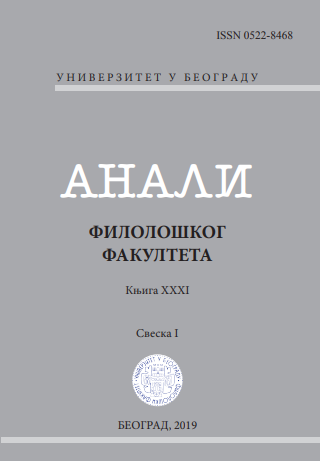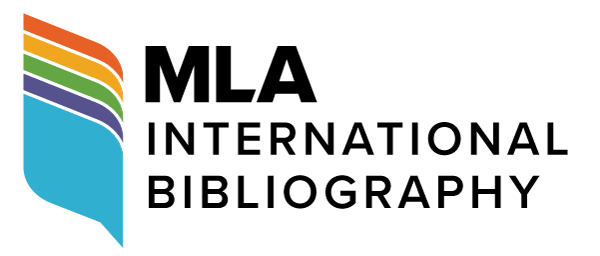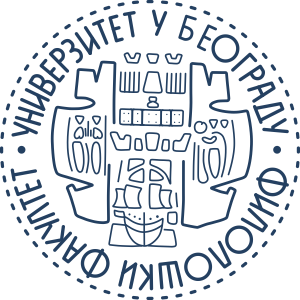La chair, l’idéal et la mort
le corps dans Les Fleurs du mal de Charles Baudelaire
DOI:
https://doi.org/10.18485/analiff.2019.31.1.4Кључне речи:
Baudelaire, Fleurs du Mal, corps, fétichisme, féminitéАпстракт
Dans le fameux recueil de Baudelaire le corps joue un rôle crucial. Cet essai se propose de tracer les représentations diverses du corps, parfois déconcertantes, dans le cycle « Spleen et Idéal ». Les poèmes inspirés par Jeanne Duval abondent en symbolisme hérité de la poésie chrétienne où les images d’agonie et de décomposition rappellent la nocivité du plaisir charnel. Le poème « Une Charogne » est l’apothéose de l’ironie baudelairienne où il reprend le motif pétrarquiste et ronsardien de la beauté transcendante en méditant sur la décomposition corporelle. Ceci souligne un autre lien symbolique pertinent, celui entre la sexualité féminine et l’animalité : la femme est tantôt serpent, tantôt tigresse. N’oublions pas que le squelette, l’emblème du memento mori et de la Danse macabre, est aussi un corps sans chair. Dans le même groupe de poèmes apparaissent les réminiscences esthétiques relatives à la peinture en tant que paradigme de la perfection formelle (« Les Bijoux »). Les poèmes dédiés à Madame Sabatier évoquent des images où le corps du sujet lyrique est souvent associé à la souffrance. Un certain nombre de poèmes inspirés par Marie Daubrun reflètent l’analogie entre la sérénité de la beauté féminine et le paysage. Quelle valeur faut-il assigner au corps dans le cycle « Spleen et Idéal » ? Est-il toujours symbolique ? S’agit-il simplement de la duplicité baudelairienne ou véhicule-t-il la dépréciation du plaisir et une suggestion de l’idéal ?
Референце
Downloads
Објављено
Број часописа
Рубрика
Лиценца

Овај рад је под Creative Commons Aуторство-Дели под истим условима 4.0 Интернационална лиценца.
Authors who publish with this journal agree to the following terms:
- Authors are confirming that they are the authors of the submitting article, which will be published (print and online) in the journal Anali filološkog fakulteta by the Faculty of Philology, University of Belgrade (Faculty of Philology, Studentski trg 3, 11000 Belgrade, Serbia). Author’s name will be evident in the printed article in the journal. All decisions regarding layout and distribution of the work are in hands of the publisher.
- Authors guarantee that the work is their own original creation and does not infringe any statutory or common-law copyright or any proprietary right of any third party. In case of claims by third parties, authors commit their self to defend the interests of the publisher, and shall cover any potential costs.
- Authors retain copyright and grant the journal right of first publication with the work simultaneously licensed under a Creative Commons Attribution-ShareAlike 4.0 International License that allows others to share the work with an acknowledgement of the work's authorship and initial publication in this journal.
- Authors are able to enter into separate, additional contractual arrangements for the non-exclusive distribution of the journal's published version of the work (e.g., post it to an institutional repository or publish it in a book), with an acknowledgement of its initial publication in this journal.
- Authors are permitted and encouraged to post their work online (e.g., in institutional repositories or on their website) prior to and during the submission process, as it can lead to productive exchanges, as well as earlier and greater citation of published work.





